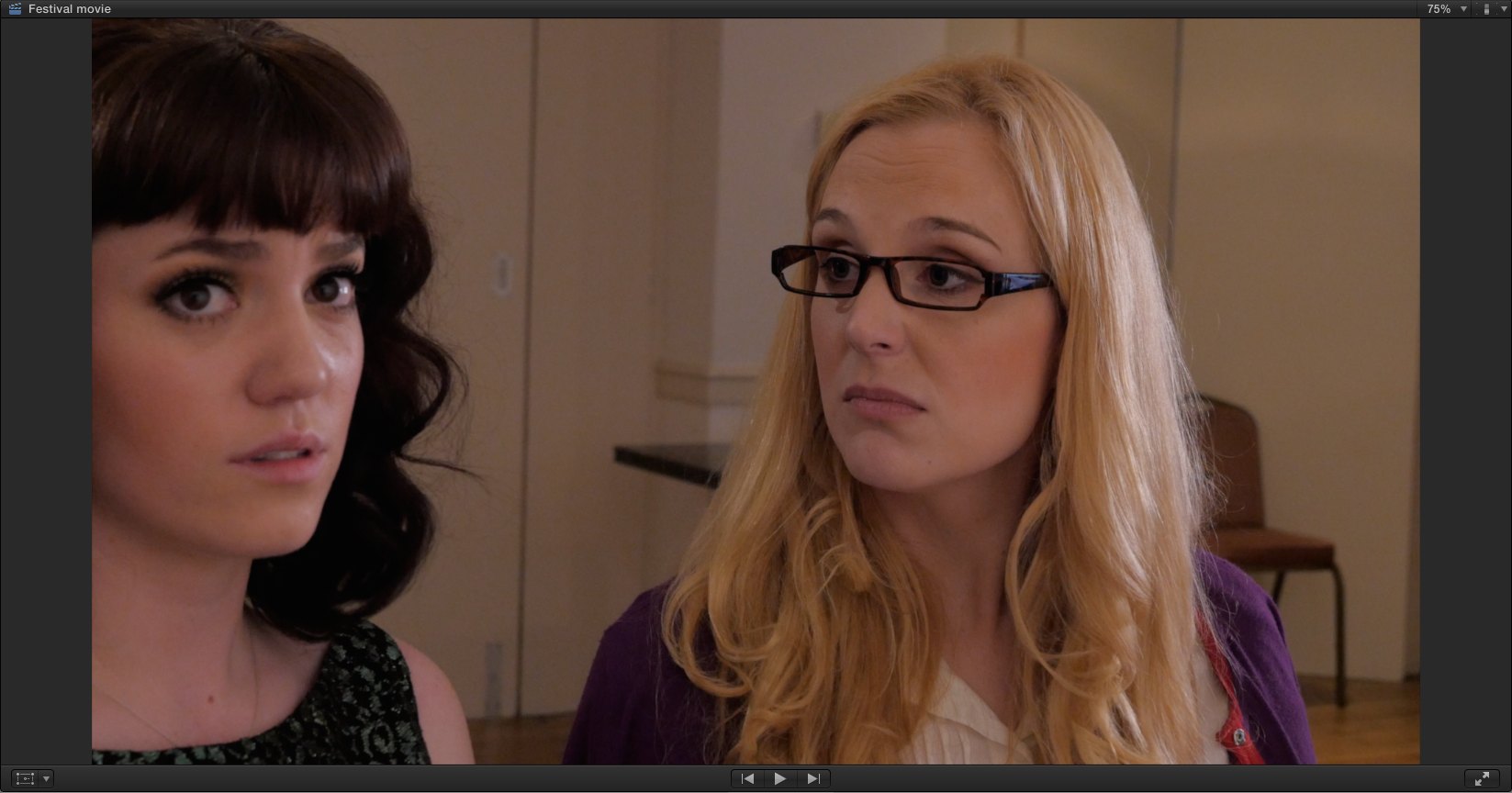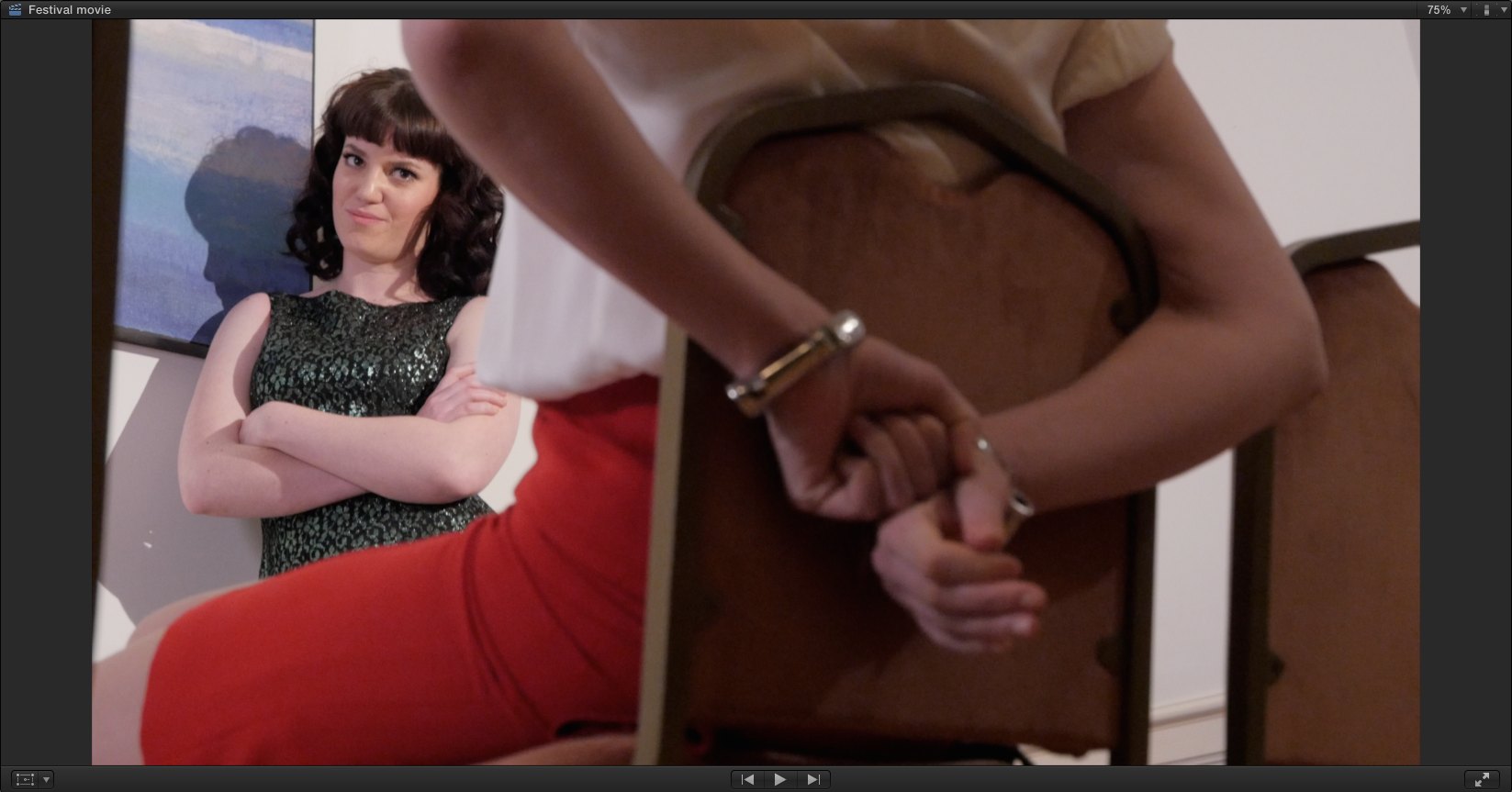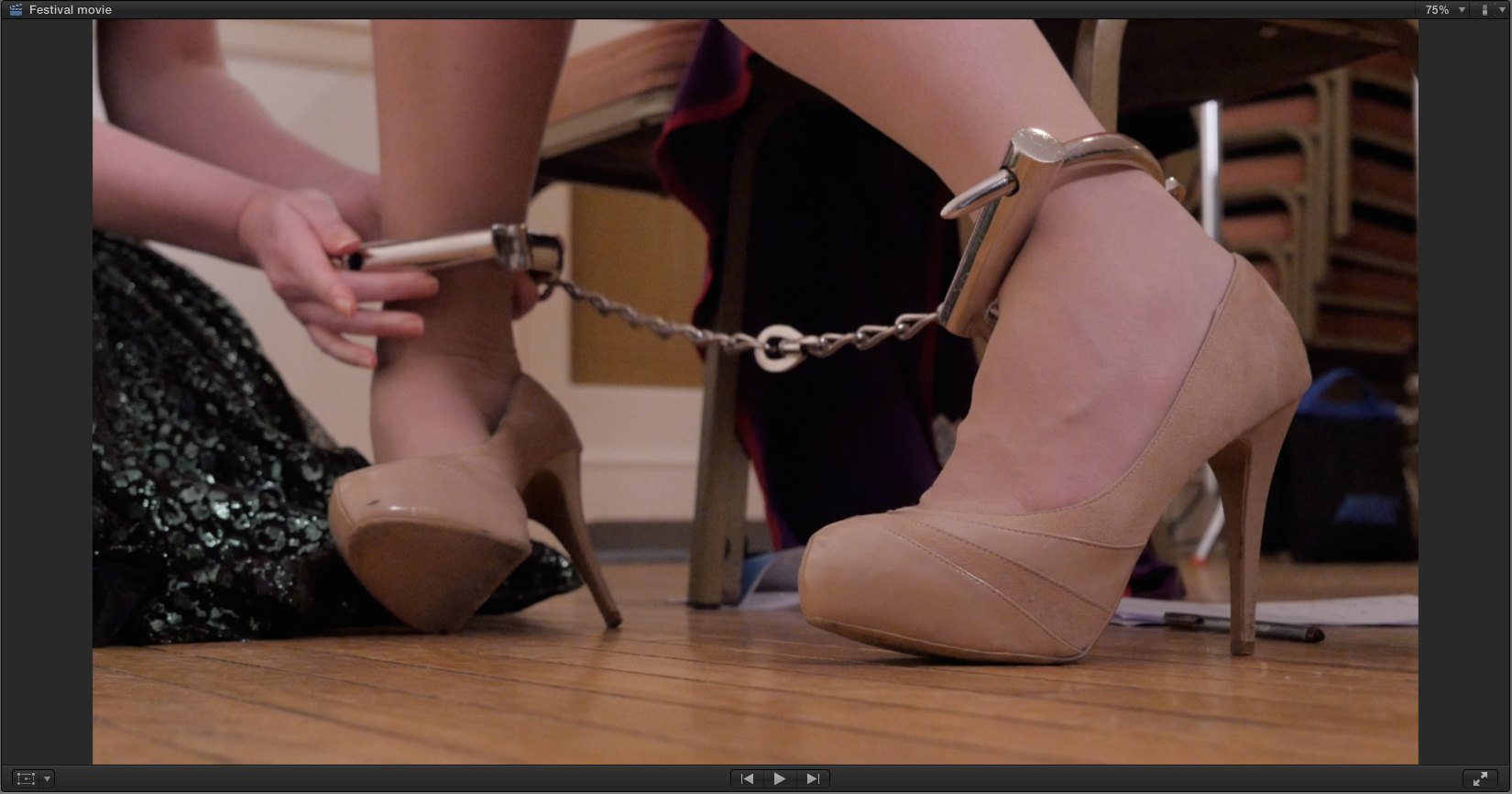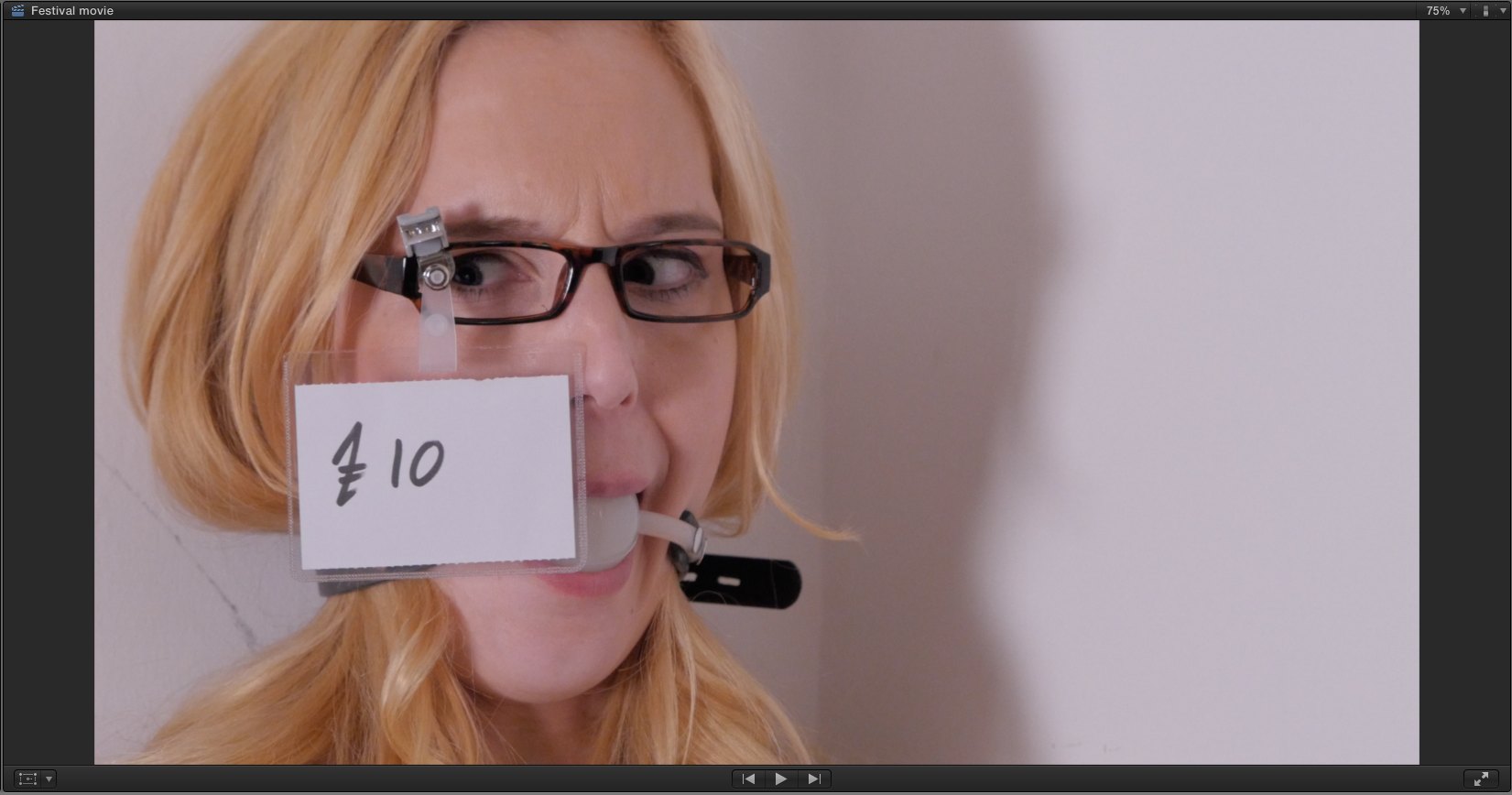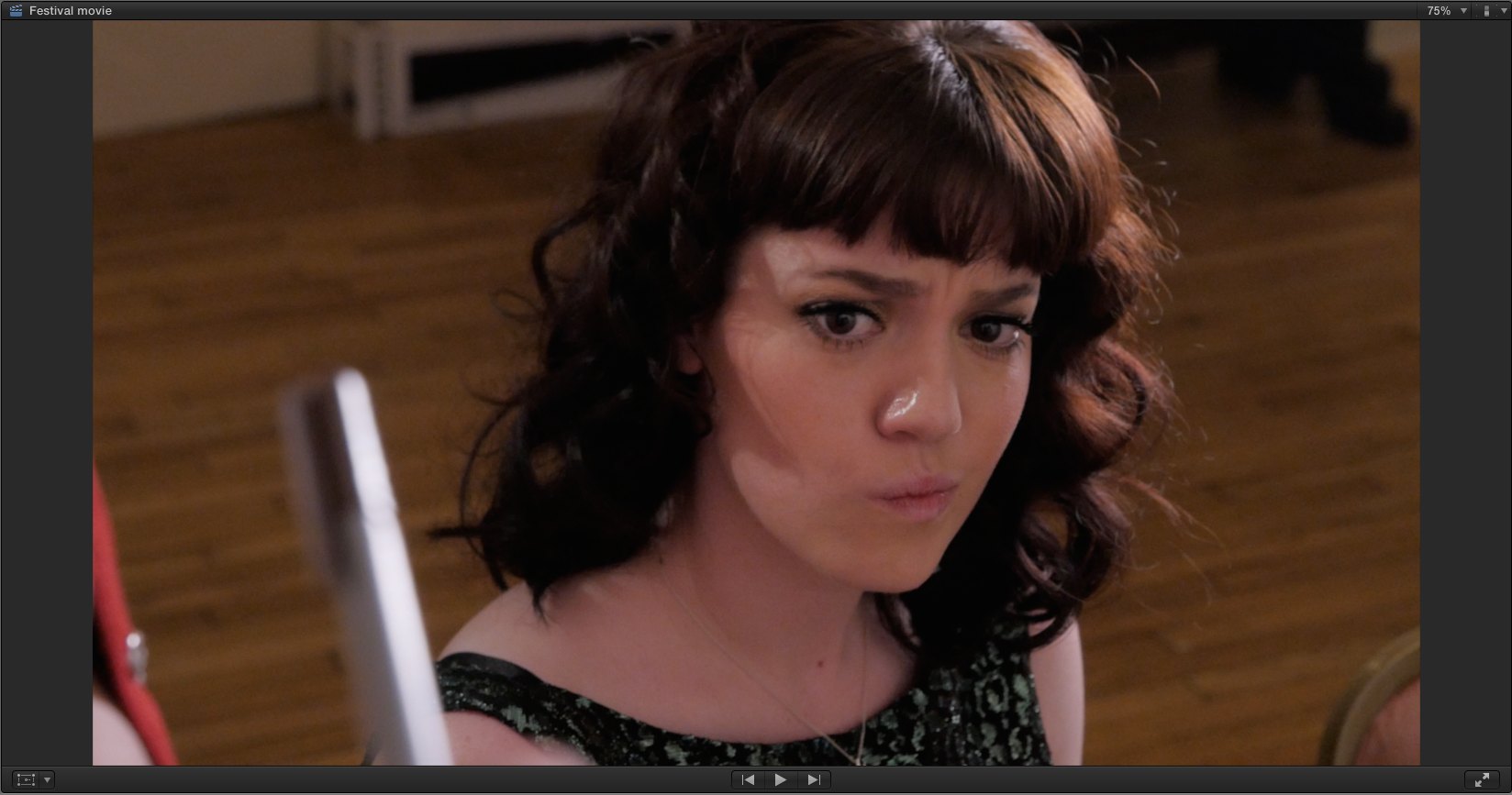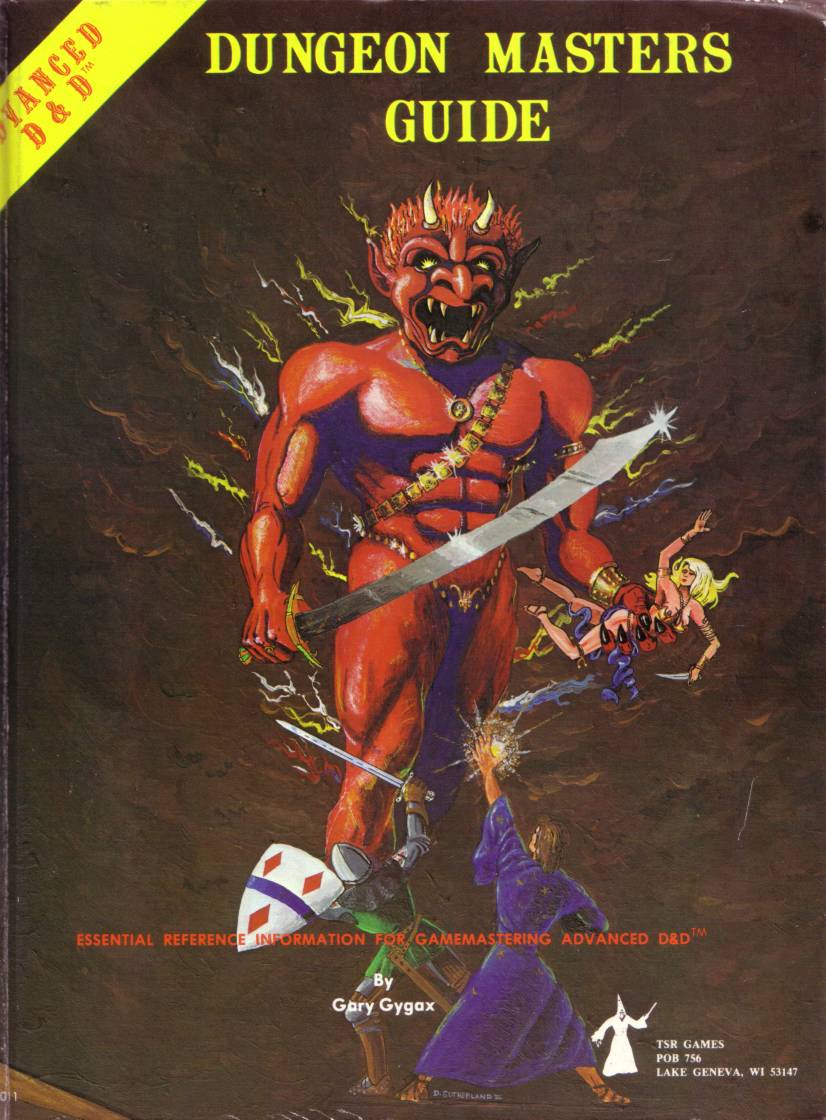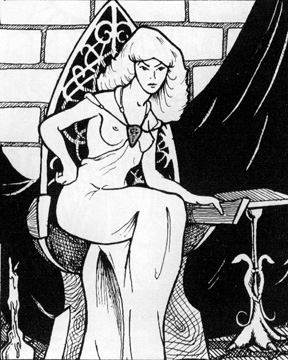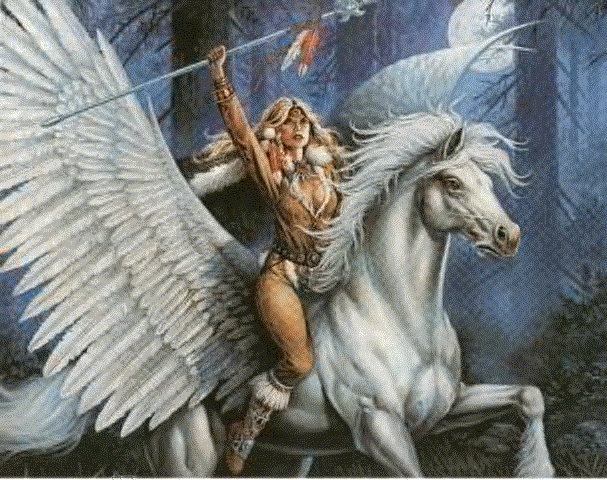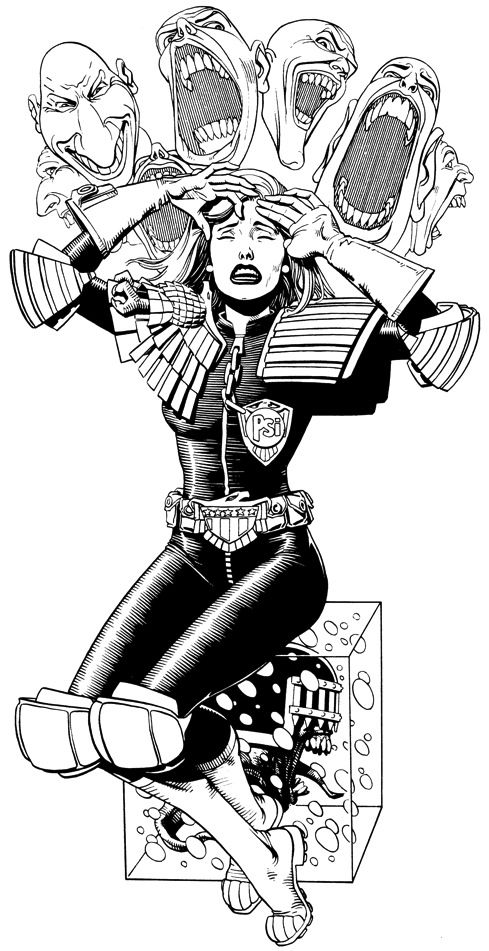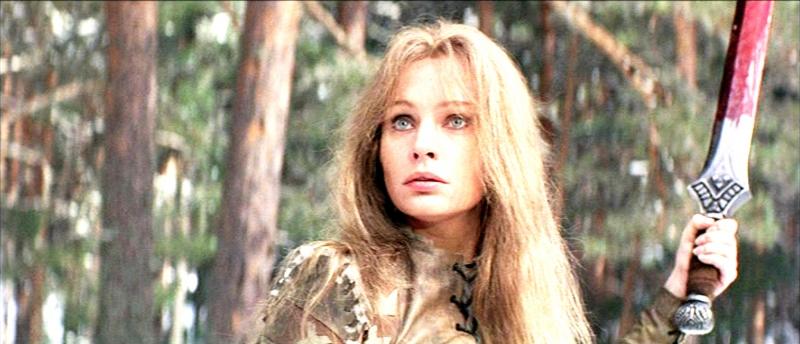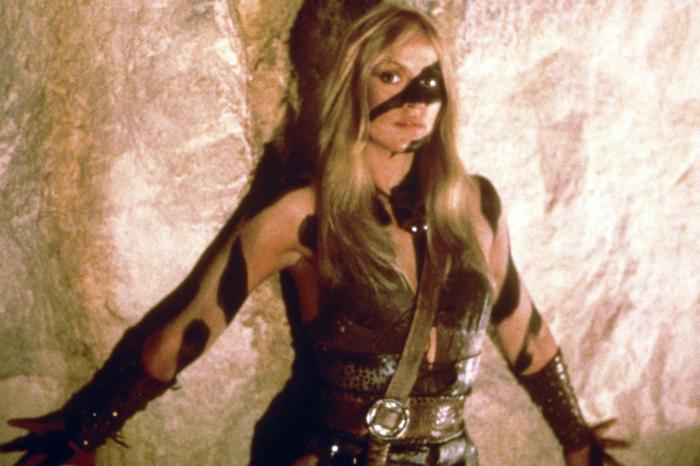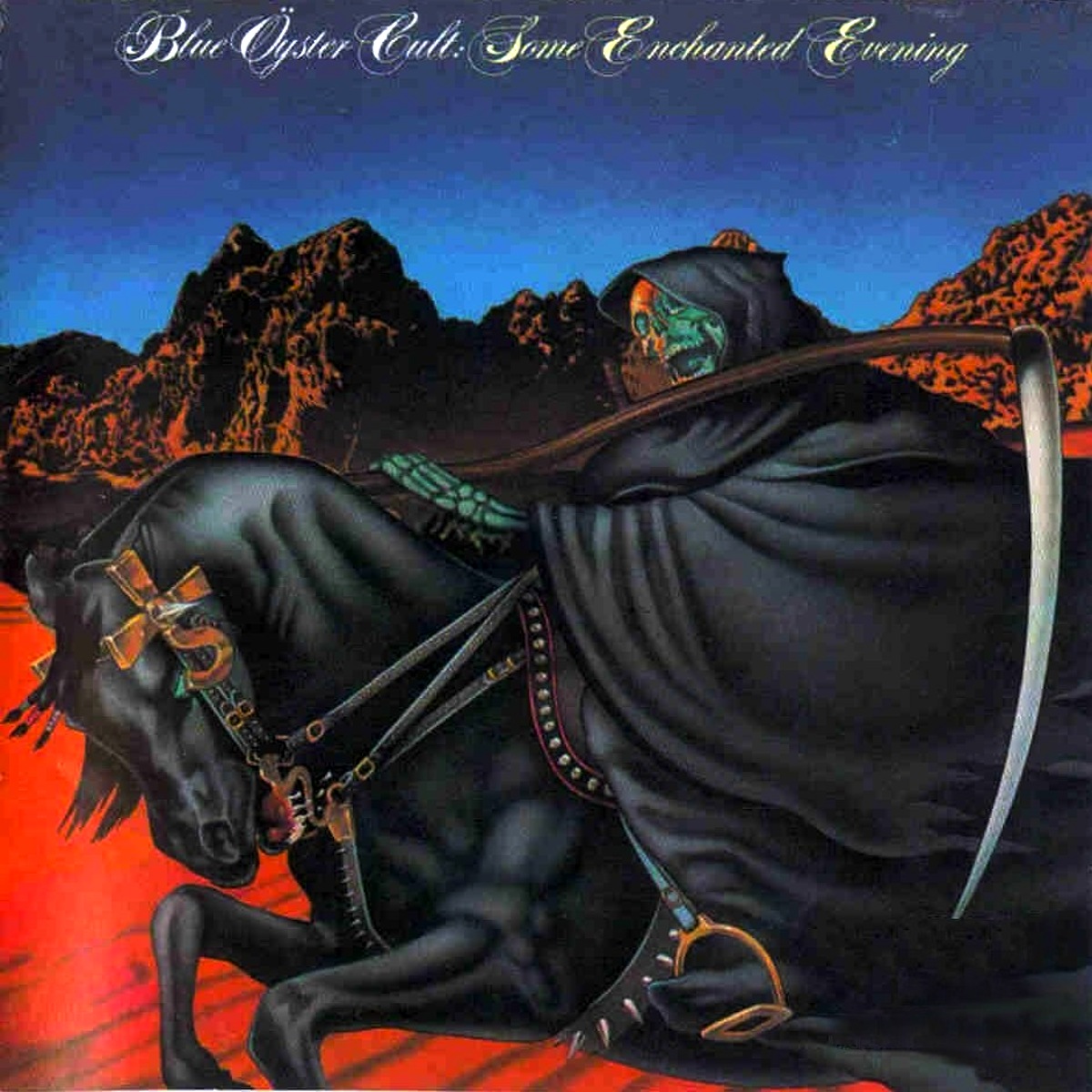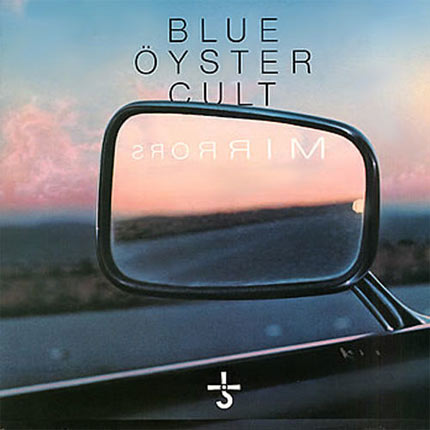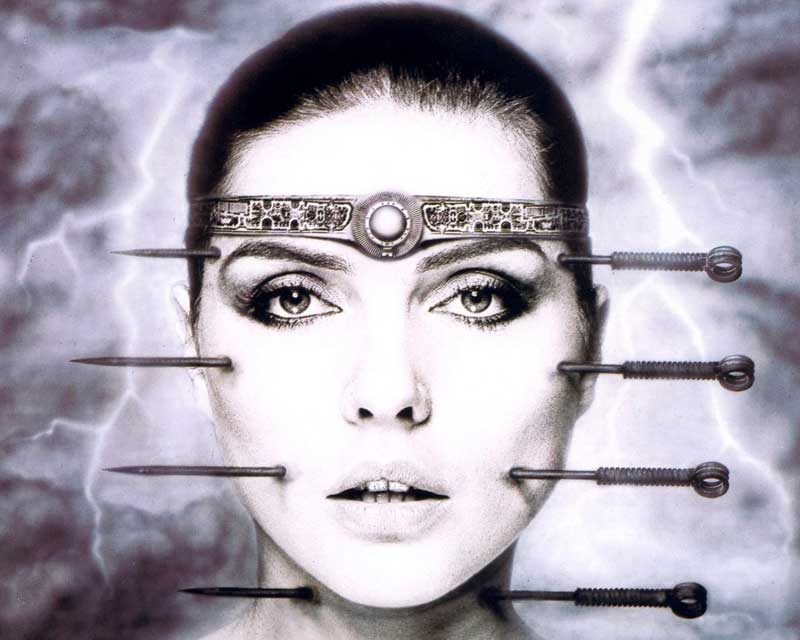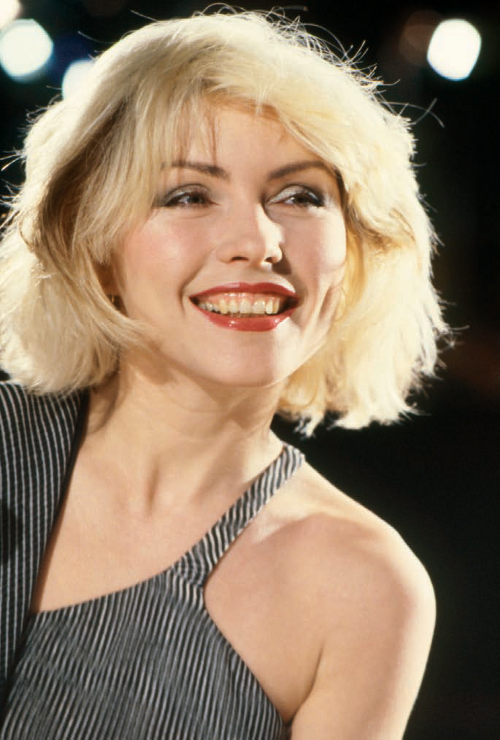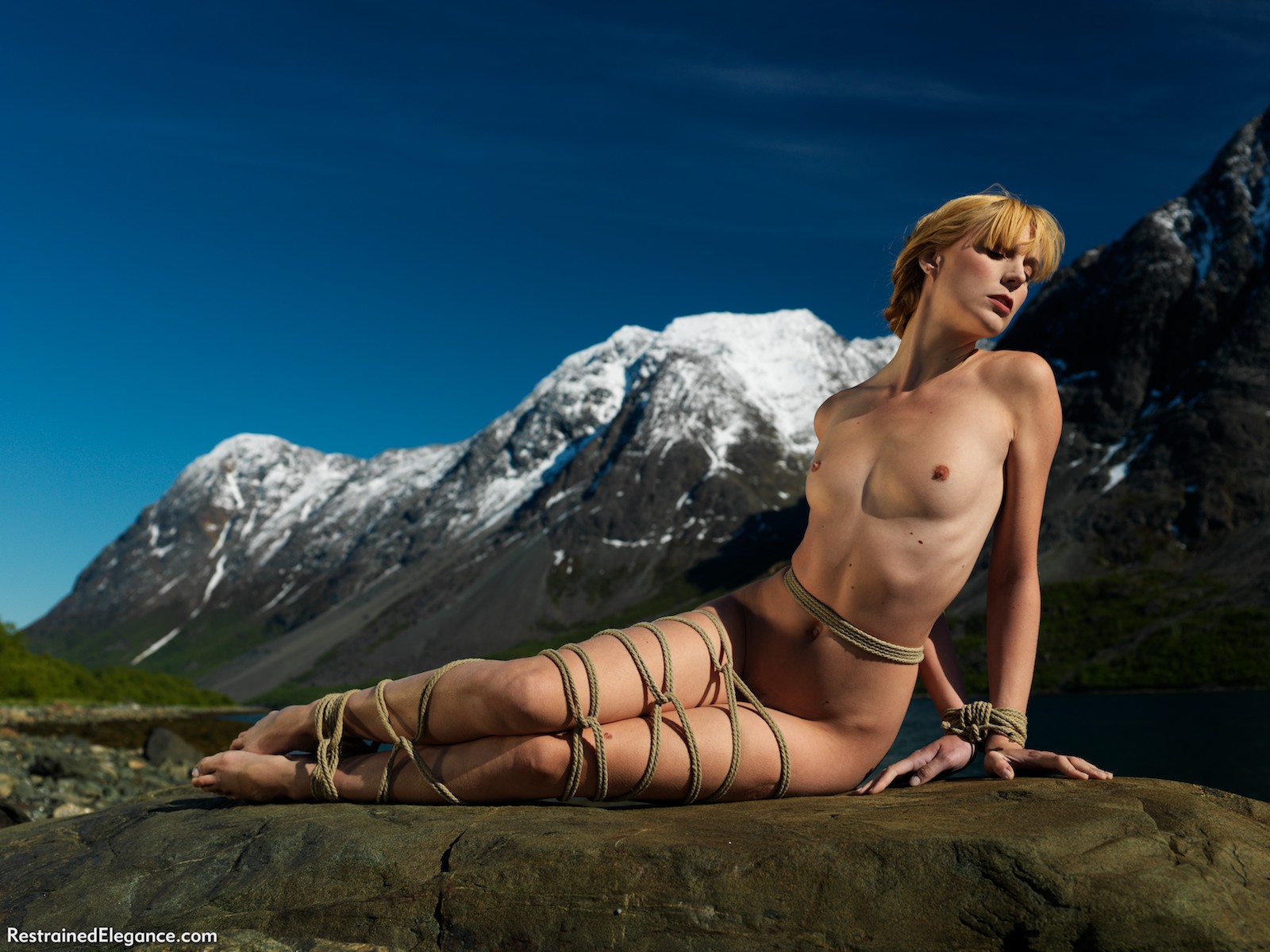Hi Everyone,
I wrote this post on a forum thread about models taking chaperones on bondage shoots. It turned into something of an essay on safety at shoots too so I thought I’d post it here for reference.
I’m a pro bondage photographer, it’s how I make my living.
Objectively, bondage has some risks not present in other photographic styles. You and the photographer should constantly be doing little risk assessments to see how to mitigate the risks in a reasonable way.
Plumbers don’t take their boyfriend or their mum with them when they go to a strange house for the first time. Conversely, plumbers don’t get tied up as part of their job, either.
Having a chaperone along can help, but it can be a pain in the ass for the photographer. It depends on the shoot… and the chaperone. I’m never delighted at the prospect because it is one more person to manage through the day, one more distraction to getting good work. And I’m sorry to say that I’ve met more bad chaperones than good ones.
It’s particularly bad when the chaperone is the model’s partner and they want to be on set, because the model usually then starts modelling to and for the approval of their partner, rather than directing their attention to the camera.
This is VERY tiresome to manage on set. Add to that the typical pattern is that the chaperone is also a wanna-be photographer and ask me an incessant stream of technical questions. I’m not paying the model to give a free tutorial to their partner: I need to get good stuff from the day so I can cover the cost of paying her and make enough profit to live from.
So… I don’t like chaperones. They can come along but I’m clear in pre-shoot communications that they have to stay out of the model’s eye line and off set. I’m fine with them being within earshot, obviously.
My solution is to shoot with a rigger.
That way I can concentrate on the photography and the rigger can concentrate on the bondage. It doesn’t absolve me of safety responsibility, but it becomes my secondary responsibility rather than my main one.
Of course not everyone has a live-in rigger or knows anyone or can afford another person at the shoot. I didn’t have one for the first few years, either. Its entirely possible to be safe without one.
What are the main risks from bondage? How bad are they? What can you do to mitigate them? Does a chaperone help?
1) You’re tied up and the photographer gets ill, faints, has a heart attack, falls over and breaks their leg, etc..
Some rope bondage is fairly escapable given time, some isn’t. Metal bondage generally isn’t escapable at all unless you have the keys, especially if you’re locked to something. If you are in a place with other people in earshot (eg studio, assuming the owner hasn’t popped out) that’s not a big deal. If you’re somewhere isolated, this could be life-threatening.
Solution? Having another person present vastly reduces the risks here. This is the main place where I think an extra person is necessary for both the photographer and model- if I pass out, I’d quite like someone to be able to call an ambulance for me, thank you very much.
If you really can’t have an extra person, make sure the keys are inside the model’s reach or that she actually could get out if she really needs to. Moderate your ambitions for the bondage to account for the conditions of the shoot.
2) Dangerously done bondage
There’s some things you just shouldn’t do. Any rigger with an ounce of common sense should know this- just make sure they do before you let them tie you up.
Here’s our web page on the very basics (targeted more at play partners but applies even more to photoshoots):
http://www.restrainedelegance.com/bondagesafety.php
For example, anything which might put pressure on the front of the neck is a definite NO. If they want to attach you to the ceiling by a noose, run a fucking mile* because they don’t know what they are doing. A collar attached to the ceiling by enough rope or chain that if you fainted the chain wouldn’t go tight before other ropes eg at wrists caught you and held you up is an acceptable alternative way to get similar images without incurring unacceptable risk, for example.
* Actually rather than run a mile, just say it isn’t safe. Suggest some variant that might be safe, or say you have to shoot something else. It is, after all, just a photoshoot.
For heavens sake please don’t go along with it just because.
A member of our site passed on a maxim from the oil industry: “EVERYONE has the right to stop the job”. People die on oil-rigs because no-one raised their concerns. So for the love of god if something worries you SAY SOMETHING.
A chaperone could possibly help here, but unless they’ve done bondage themselves they might interfere with communications more than help them.
Solution? As a rigger, learn to tie. As a model, say something if it seems dangerous, and if you’re not convinced by the explanation, flat out insist on shooting something else.
As a photographer, have some common sense. Don’t leave a girl tied up while you read off your cards or go to the loo, and if she’s gagged don’t leave the room, period. Don’t be over ambitious, be realistic about what is safe to do here, today, with this model, in this location.
As the model, do your own risk assessment. Does it look safe to you? Does this person seem to know what they are doing? Where are their safety scissors or rope hook? Where are the keys? Discuss your concerns with the photographer and make sure they are addressed.
3) Too tight or tied in the wrong places
The most common form of injury that bondage models do pick up is nerve damage. This usually manifests as a deadening of sensation in a certain part of the body and can last for a few minutes or a few months. (I’ve not heard anecdotally of permanent cases but I’m not a medical expert).
This can be avoided by making sure that the ropes don’t put on too much pressure. You should be able to slip two fingers underneath the rope at every point, and if a lot of weight is going to be put on the ropes, make the “bands” broad to spread the load. There are also particular parts of the body to avoid- actually on the joints, the upper arms immediately above the elbows, the insides of the wrists (tieing wrists facing inwards reduces the risk considerably).
To put this in perspective, my wife (who does a lot of bondage modelling) has had mild nerve damage a few times over the years. This is not ideal, but nor is it a grand drama: the injuries from bondage shoots are probably less than the scrapes and bangs from art nude shoots and definitely not as damaging as the injuries from dance and dance shoots.
Solutions? As a rigger, learn to tie. As a model, if you feel pain or go numb, say something immediately.
4) Bondage that’s not right for you
Leaving aside bondage that is just plain dangerous, stuff which is fine to tie on one person might not be fine to tie on you.
If done well, paying attention to the model’s capabilities, comfort levels, flexibility, any injuries etc. bondage can be safe. It isn’t totally risk free (nothing ever is) but with good communication between model and rigger there’s no reason for anything more than a rope hickey or two even from a full day’s shoot.
One of the things we try to get across to models is that they need to help us here.
Only they know how the bondage actually feels, and everyone’s body is different.
Positions that Ariel can get into and hold comfortably would dislocate me; nerves run in different places, some people can touch their elbows together behind their backs and stay tied comfortably for half an hour like that where other people lose feeling instantly and can’t be safely tied up that way.
So we always make a song and dance at the start of the day because it is REALLY important to tell us if something hurts, or you’re going numb. We can always tie something else but we CAN’T magically know about it – you need to tell us.
Solution? Communication.
5) Falling over
I’ve listed this as a category all on its own because it is a very common risk, it’s just so prosaic that it is easy to overlook.
If you’re tied standing up with your ankles tied and your hands tied behind your back, if you START to fall over, you might not be able to stop yourself. A face-plant onto a hard studio floor is not good. Just bear it in mind. The risk is massively reduced just by tying someone sitting down, or on the floor, or if standing, tied to something solid that would stop her overbalancing (and wouldn’t wrench anything- arms behind up to the ceiling isn’t really safe without something on the body to prevent falling forwards and dislocating shoulder).
The risks are pretty small: actually, most healthy young people probably could fall over without serious injury even if tied up – but why tempt fate?
Solution? Do your risk assessments for every tie as you’re going along. If the rig has the potential for face-planting on the floor, change it to reduce the risk.
6) Suspensions
If there’s one thing that horrifies me about the bondage I see inexperienced photographers go for, it is their fascination with suspension. Suspension is something that you should only attempt when you’ve got a few years of experience under your belt.
Why? Because suspensions takes the moderate risks in the above categories and turns them up to 11, before adding a bunch more issues all of its own.
Photographer passing out? Even if model could get free of the ropes, she’s going to be doing so in mid-air and therefore risks falling as well.
Dangerous bondage? A loose rope with no pressure across the windpipe vs. a rope with 50 kg load on it across the windpipe? Doesn’t bear thinking about.
Too tight? The ropes WILL be tighter in a suspension, because they are supporting the model’s weight. A rope that wouldn’t cause a problem in a gentle on-the-floor tie might be pressing in a lot harder.
Not right bondage? Ditto.
Falling over? Not only is the model going to have further to fall if she does so, she’s even less likely to be able to control her fall or shield her head etc. in a suspension.
Additional risks: how secure is the suspension point? How are you getting her up there? How do you get her down again?
A winch and suspension mechanism rated for AT LEAST ten times the load (to account for dynamic loads like a model adjusting position) bolted through a joist with a crash mat underneath is, frankly, the only way I really feel comfortable rigging “big” suspensions.
A standing semi-suspension where the model is suspending herself by just lifting her feet up is a good way to start- the flying is more under the model’s control and if the weight distribution is all wrong, she can come down again immediately.
Don’t suspend people by the wrists or by one ankle. I don’t care if you’ve seen photos on the internet. The model might have been a very lightly built five foot nothing acrobat weighing 35 kg; don’t try it on an amateur model weighing 60 kg.
For heaven’s sake, don’t do it until you’ve got plenty of bondage experience: know the basics of tying safely first.
7) Being raped or murdered by the photographer
I’ve deliberately left this one until last. I’m not going to say there’s no risk of this happening but realistically you’re MUCH MUCH MUCH more likely to be injured in a car crash driving to the shoot.
If you really think the photographer is a dangerous psycho, don’t take a chaperone- don’t take the shoot.
Check references. Shoot with them at a studio first. All the usual stuff that applies to non-bondage shoots.
Probably worth leaving a note with someone of where you are and when you plan to be back, same as I do when I go walking up a mountain on my own. I do prefer her to let me know shoot details when Ariel works with a new photographer just in case.
The fact that it is a bondage shoot doesn’t really change the danger of intentional harm coming to you, I don’t think.
Does a chaperone help here? I don’t know. If the psycho is really intent on doing you harm, would he scruple at poisoning the chaperone or something? It’s all such a remote risk. Isn’t it more sensible to concentrate on the less viscerally icky but statistically much more likely issues of “If I fall over, am I going to face plant on the concrete floor of this studio?”
The executive summary
Bondage is not a risk free activity, but with a little knowledge and a lot of communication between the person doing the tying and the person being tied up, it can be done safely. Some people work full time as bondage photographers and bondage models, so it can’t be THAT bad. It’s less risky than being a dancer or professional sportsperson.
Chaperones are often a pain in the ass to manage on set, so few photographers really welcome them on shoots. There are some times where having an extra person present reduces the risks significantly- shooting in the middle of nowhere, specifically.
Having a rigger present at the shoot is generally a more satisfactory solution for all concerned in my experience.
Do your pre-shoot reference checks.
Do your own risk assessment at the shoot.
Communicate with the rigger constantly at the shoot.
Be firm if you have safety concerns.
Don’t do suspensions until you are an experienced bondage model and then only do it with experienced riggers.
Hywel
